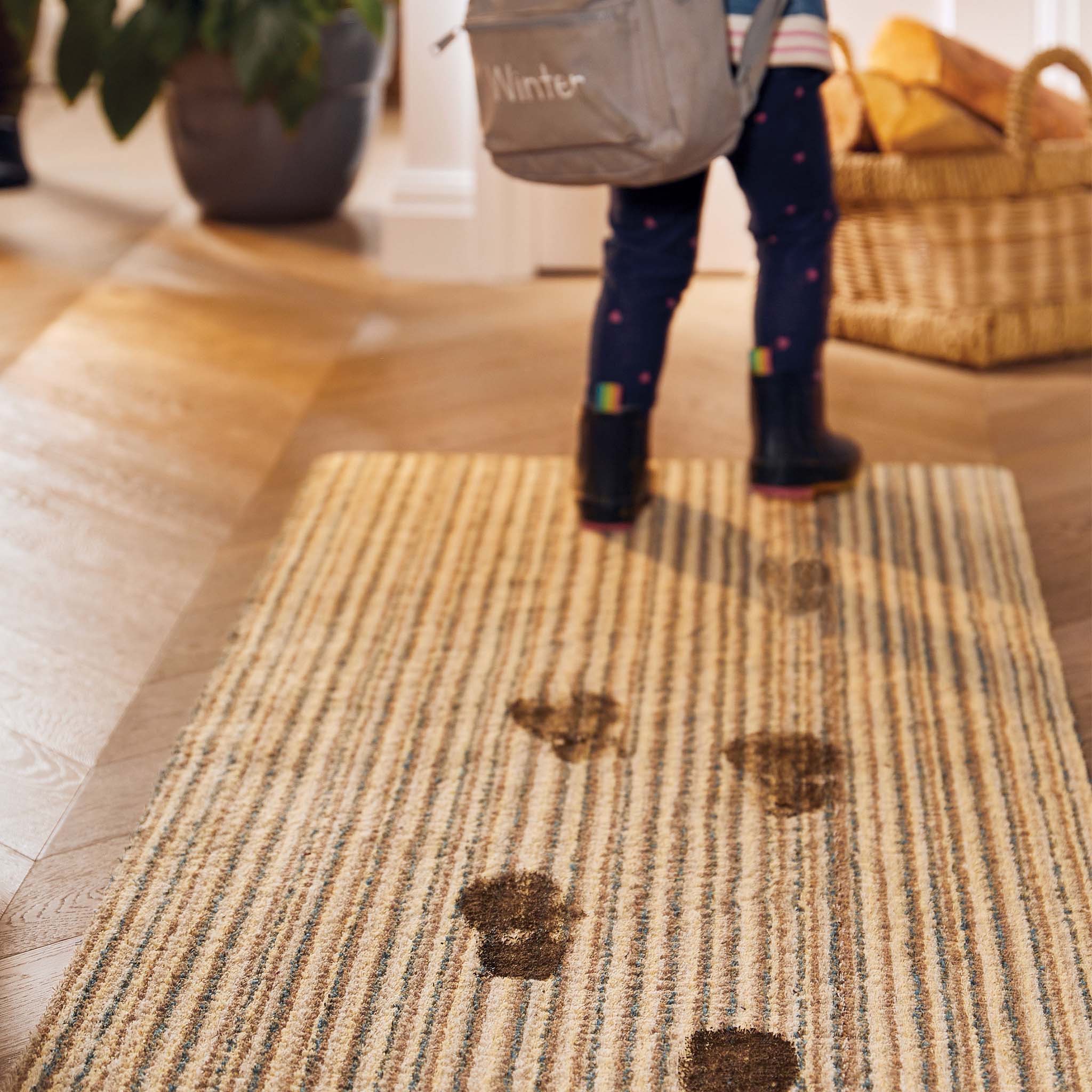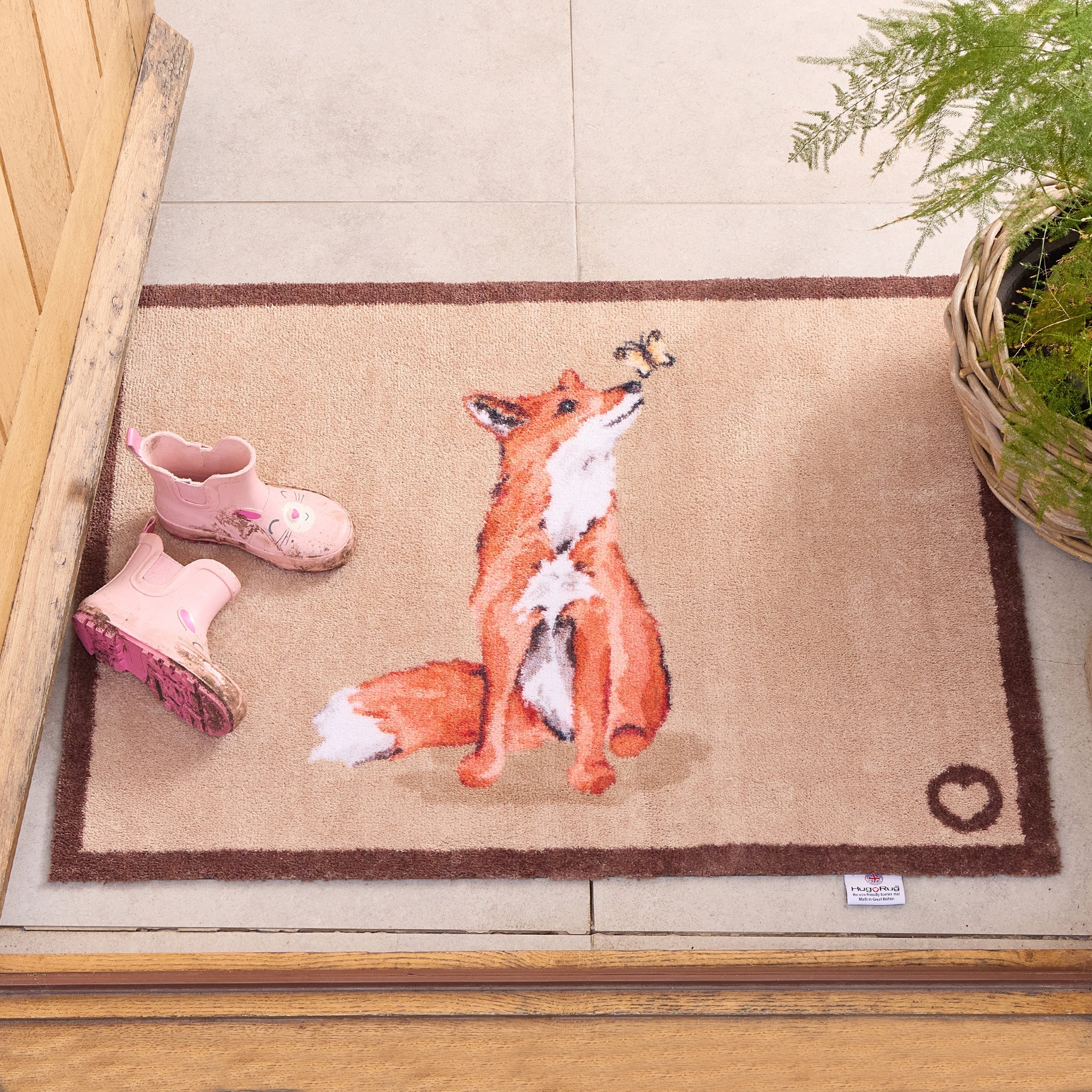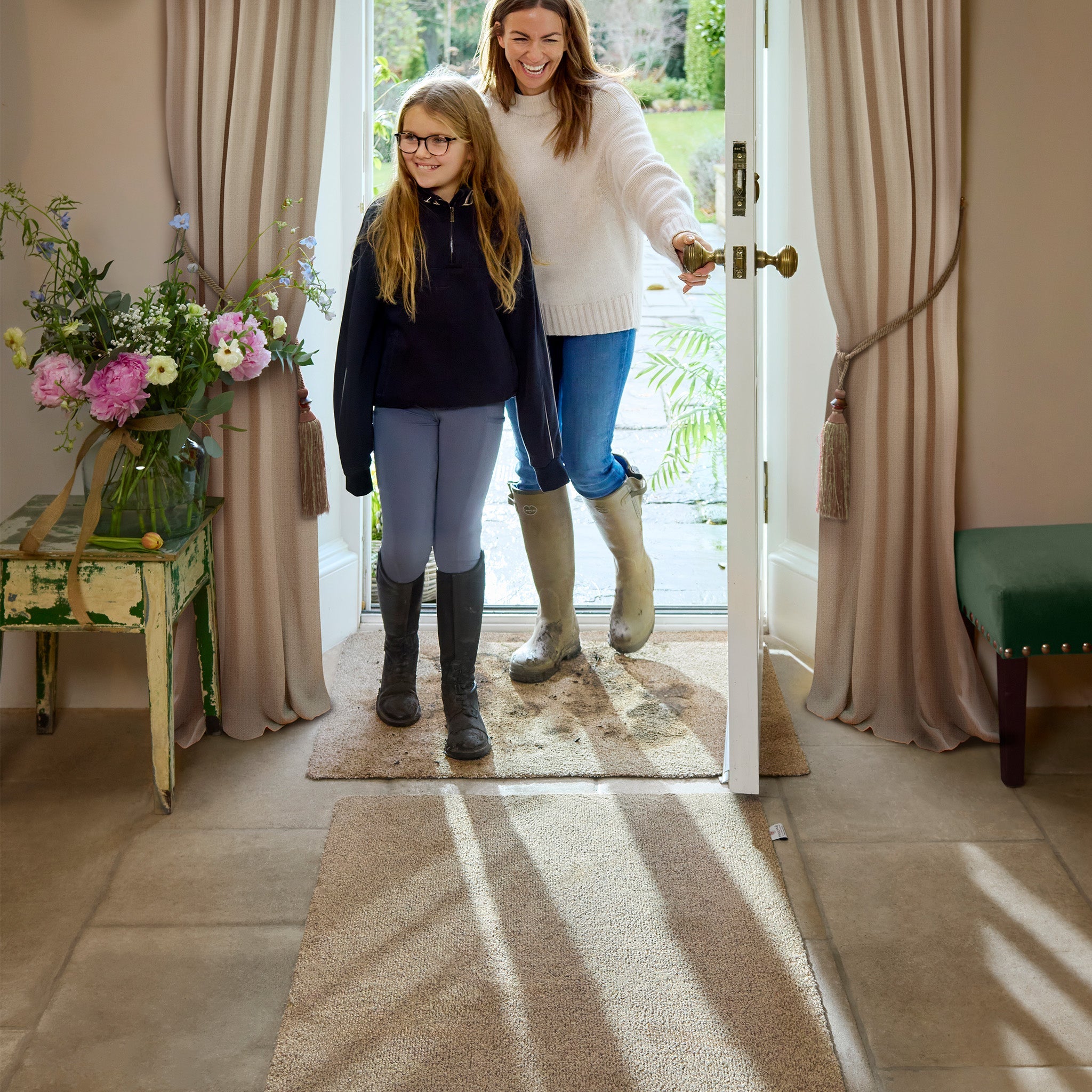Bumbling Bees
Busy Lizzie @
Being a busy bee myself I have a lot of respect for bees! I don’t feel like people give enough credit to the hard work these fuzzy little guys put into making our ecosystem go around. There are more than 250 types of bees in the UK - that’s a lot of different bees. Here I was just thinking there are only honey bees and bumblebees, every day is a school day!
Our friends over at the Bumblebee Conservation Trust do some amazing work monitoring and conserving bumblebees and their habitat. And wanted me to share some fun facts about bumblebees that I bet you didn’t know!
- that bumblebees have lent a helping hand (do bees have hands? Helping foot doesn’t quite have the same ring to it) in every pizza you’ve ever eaten. Bumblebees pollinate all our tomatoes, which then get turned into pizza sauce!

- that Dumbledore (from Harry Potter if you’ve been living in a cave for the past 20 years) is a very old word for bumblebee. He was a busy bee wasn’t he, so it makes sense!
- that they have smelly feet (quick stick a peg on my nose)! It’s actually so they don’t waste their time on flowers that have already been visited that day and looking for nectar that’s already been taken. Very handy for busy little bees!
- that bumblebees don’t produce honey, they leave this to the honey bees. Makes sense really, sounds like it’s what they were born to do.

- that bumblebees can fly up to 6km a day to forage on flowers. This would be the same as a person walking around the world 10 times. That’s a long way for a little bee, they must be really hungry!
- that a garden bumblebee’s tongue can be up to 2cm long, which is as long as the bee itself! I got some strange looks from Ellie and Ady when I was trying to measure how long my tongue is!
Sadly, these clever bumblebees and other (equally as clever) bees are declining in their populations. There are many reasons for their decline - new pests spreading faster due to world globalisation (sounds just like another pest we’ve been dealing with this past year!), urbanisation of green spaces, and climate change.
This year’s World Bee Day theme is “Bee Inspired: Build Back Better for Bees” with a focus on providing bees with the resources they need to bounce back! There are so many ways we can help from our own garden, balcony, yard or even a window plant box! Transform your outdoor space into a bee paradise with these simple tips:
Plant pollen bearing flowers - this month, the Bumblebee Conservation Trust recommend strawberry, tomato, lavender and honeywort plants. There are loads more herbs and plants you can add to your green space. Not only will you be helping the bees but think of all the great things you can make with your herbs, tomatoes and strawberries (you don’t need to use all these together, maybe leave the strawberries out of the pasta sauce).

Don’t trim your grass often - and only trim after flowers have bloomed. Bumblebees love wild flowers and tall grass.
Think twice about using pesticides - or use non toxic alternatives (psst. see my other bee blog)
Create a bee bath - Bees work up quite a thirst foraging and pollinating. Fill a shallow bird bath or bowl with clean water, and add some pebbles for the bees to land on - they can relax on their own private island!
Make space for them to nest - Queen bumblebees are super fussy (we seem to have a lot of similarities) about where they decide to call home - they love small, shady areas where they won’t be disturbed. To make their house hunt easier, you could start building a compost heap, let your garden grow wild, or even build your own homemade nest using a plant pot and plastic pipe.
Hopefully I’ve given you plenty of ideas on how we can say a big thank you to our fuzzy friends. After all they do for us, it’s only fair we help them out a little where we can!
Busy Lizzie x





